

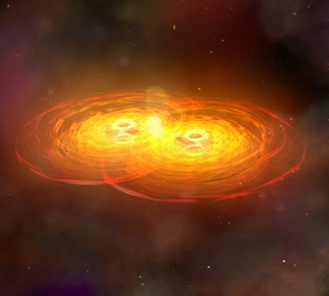
|
Binary black hole Massive Binary Black Holes are of interest for multiple topics in astrophysics, ranging from the detection of gravitational waves to the cosmic evolution of galaxies and black holes. While the formation of BBHs from galaxy mergers is almost inevitable, direct evidence remains uncertain. We develop new techniques to identify BBHs across various merger stages. For more info, check out paper 1, 2, 3, 4, 5, 6, 7, 8, 9. |
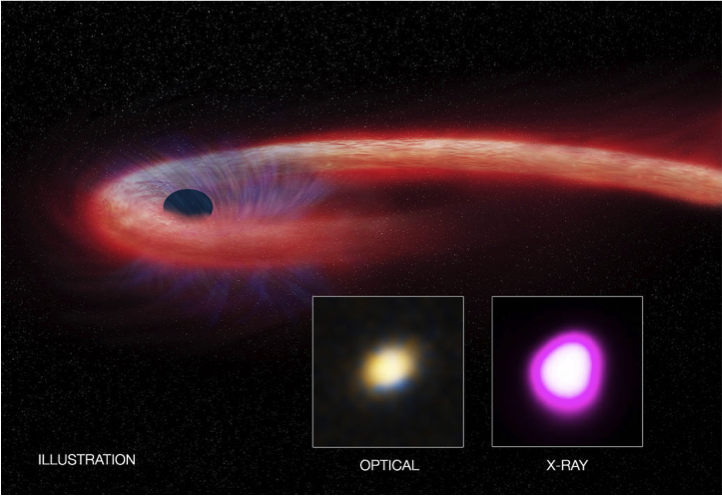 |
Tidal disruption event When a star wanders too close to a black hole, it may get torn apart producing flares around otherwise quiescent black holes. Observations of these transient flares tell us about properties of dormant black holes. We develop new techniques to identify such tidal disruption events through their astrochemical fingerprints. |
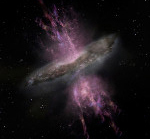 |
Black hole feedback Black holes are thought to play a key role in shaping and ultimately ''killing'' the galaxies in which they reside - so called "feedback". Models of galaxy formation and evolution routinely invoke black hole feedback to reproduce the observed galaxy properties. However, the physics of feedback remains poorly understood. We solve these puzzles using observations of AGN host galaxies. For more info, see paper 1, 2, 3, 4, 5, 6. |
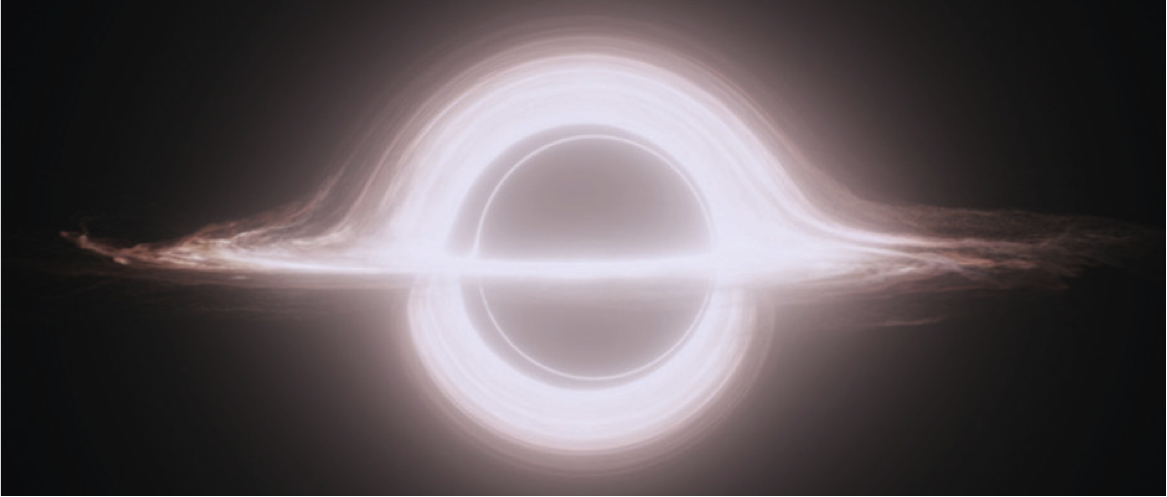 |
Fundamental physics Lying at the intersection of physics and astronomy, black holes provide an ideal laboratory to study some of the most fundamental questions regarding the physical laws of the universe. One test of Einstein's General Relativity is gravitational redshift. AGN broad emission lines are thought to arise from a region close to the black hole where gas has been photoionized. The proximity of the broad line region to the black hole causes significant special- and general-relativistic effects on the emission lines. For more info, see paper. |
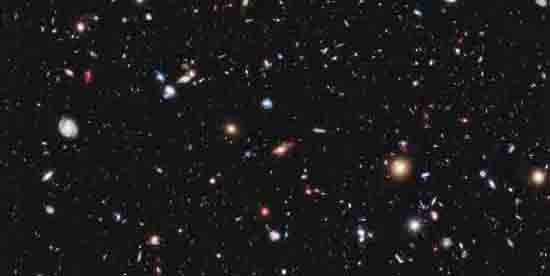 |
Exoplanet, Distant galaxy, and
Cosmology
Our work extends to
planets
outside our Solar System, distant
galaxies in the early universe, and thermal relics from the Big
Bang. Check out our papers on exoplanet atmosphere and
structure evolution (1, 2, 3), chemical abundances and physical conditions in
high-redshift galaxies (paper), and non-Gaussianity of the cosmic
microwave background (1, 2). |